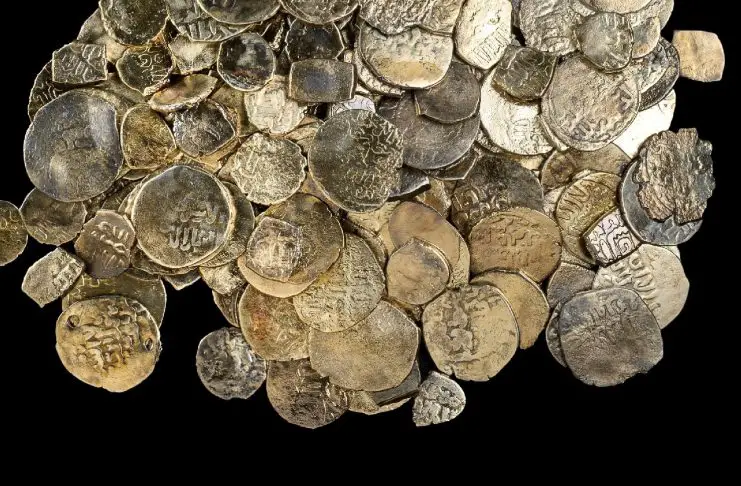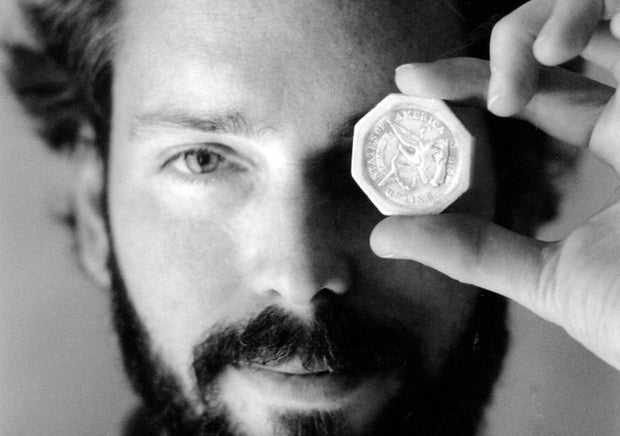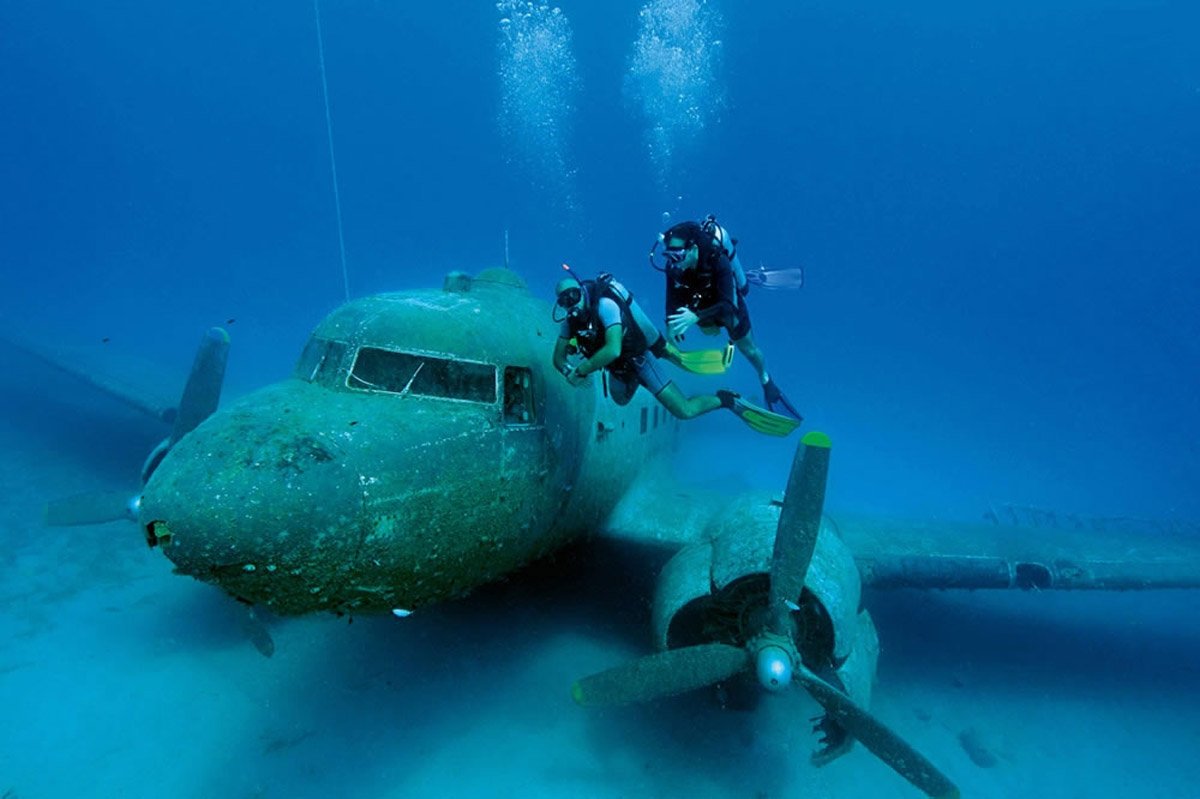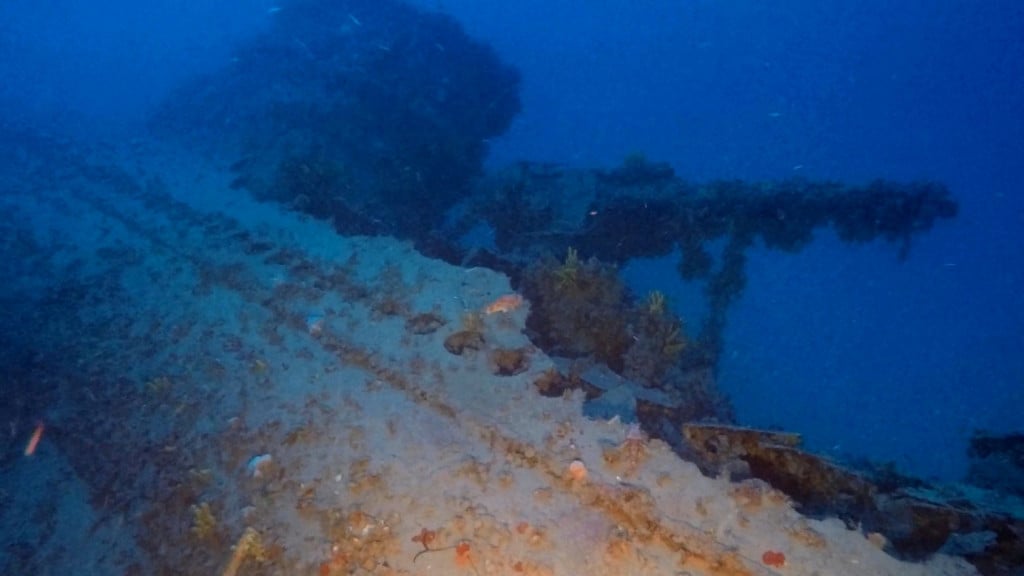HOT NEWS !
Stay informed on the old and most recent significant or spectacular
nautical news and shipwreck discoveries

-
Treasures from ancient shipwrecks
- On 25/12/2021
- In Underwater Archeology
- 0 comments

From Heritage Daily
Underwater archaeologists from the Israel Antiquities Authority (IAA) have recovered treasures from the survey of two shipwrecks off the coast of Caesarea in Israel.
The survey was conducted by the IAA’s Marine Archaeology Unit, which found the remains of two wrecked hulls and cargoes scattered in shallow depths of around 4 metres along the sea floor.
A spokesperson for the IAA said: “The ships were probably anchored nearby and were wrecked by a storm. They may have been anchored offshore after getting into difficulty or fearing stormy weather, because shallow open water outside of a port is dangerous and prone to disaster.”
The shipwrecks date from the Roman and Mamluk periods some 1700 and 600 years ago, in which the researchers recovered a range of artefacts and rare personal items of the shipwrecked victims.
The team found hundreds of silver and bronze Roman coins from the mid-third century AD and a large hoard of 14th century silver coins from the Mamluk period, including a large amount of smaller ribbon cut like pieces.
Other finds include a bronze figurine in the form of an eagle, a figurine of a Roman pantomimus, bronze bells, pottery vessels, an inkwell and numerous metal items from the hull of the ship such as bronze nails, lead pipes from a bilge pump, and pieces of a large iron anchor.
Full story... -
Ex-treasure hunter, Tommy Thompson, remains jailed
- On 12/12/2021
- In Illegal Recoveries
- 0 comments

From CBS News
A former deep-sea treasure hunter is preparing to mark his sixth year in jail for refusing to disclose the whereabouts of 500 missing coins made from gold found in an historic shipwreck. Research scientist Tommy Thompson has been held in contempt of court since Dec. 15, 2015, for that refusal.He is also incurring a daily fine of $1,000. Thompson's case dates to his discovery of the S.S. Central America, known as the Ship of Gold, in 1988. The gold rush-era ship sank in a hurricane off South Carolina in 1857 with thousands of pounds of gold aboard, contributing to an economic panic.
Despite an investors lawsuit and a federal court order, Thompson, 69, still won't cooperate with authorities trying to find those coins, according to court records, federal prosecutors and the judge who found Thompson in contempt.
Thompson says he's already said everything he knows about the coins. Thompson pleaded guilty in April 2015 for his failure to appear for a 2012 hearing and was sentenced to two years in prison and a $250,000 fine.
But Thompson's criminal sentence has been delayed until the issue of the gold coins is resolved. After a federal judge ordered Thompson in 2012 to appear in court to disclose the coins' whereabouts, Thompson fled to Florida where he lived with his longtime female companion at a hotel where he was living near Boca Raton.
U.S. marshals tracked him down and arrested him in early 2015. Federal law generally limits jail time for contempt of court to 18 months. But a federal appeals court in 2019 rejected Thompson's argument that that law applies to him, saying his refusal violates conditions of a plea agreement.
-
Underwater history : 255 artifacts found in Turkish seas
- On 27/11/2021
- In Ancien Maritime History
- 0 comments

From Daily Sabah
The underwater archaeological excavation and research ventures of Turkey, which has a coastline of approximately 8,300 kilometers (5,157 miles), were started by foreign teams with the work at the Bronze Age Gelidonya Shipwreck, near the Finike district of Antalya province on the Mediterranean coast, in 1960.Turkish scientists and divers have continued to bring important cultural heritage up from the depths of the blue waters ever since.
While the excavations carried out in Yassıada in 1967-1969, in glass wreck salvaged from the Serçe harbor in 1979, and in the Uluburun Shipwreck off Kaş in 1984 constitute important milestones of Turkish underwater archaeology, a total of 10 underwater archaeological excavations were also conducted this year in the country.
As part of the archaeological underwater research, 255 artifacts have been handed over to Turkish museums so far.
The wreckage of the world's oldest trade ship from the Bronze Age contains works of art from the Archaic period and features the only statue examples found in the Mediterranean. The Ottoman shipwreck, which includes findings that will illuminate the Ottoman navy, is among the important discoveries of the latest archaeological excavations.
Efforts are also underway to establish underwater archaeology museums on the coasts of Turkey's seas so that the artifacts that have been discovered in the scientific, underwater studies can be exhibited on site.
Harun Özdaş, excavation head of Turkey’s Shipwreck Inventory Project, spoke with Anadolu Agency (AA) about his experience in underwater excavations and research.
Özdaş, who is also an archaeology professor at the Institute of Marine Science and Technology at Izmir-based Dokuz Eylul University, said that shipwrecks lie at depths varying between 30-60 meters (98-196 feet) and each meter descended during the dive is a journey to the past.
-
$250,000 for a visit to the Titanic shipwreck site
- On 25/11/2021
- In Famous Wrecks
- 0 comments

By Lauren Harte - Belfast Live
A new expedition to the wreck of the Titanic has been announced for summer 2022, but it comes at a hefty price.Only around 250 people have glimpsed the wreckage since it was discovered on the seabed in 1985, but a small group will make the epic two-mile journey to the site on the ocean floor next year.
Oceangate Expeditions, which offers underwater expeditions across the world, has announced its second annual trip to the ship's final resting place. It will see ‘mission specialists,’ along with researchers, survey the vessel up close from inside the company’s submersible Titan.
The group of citizen explorers will travel 12,500ft beneath the North Atlantic Ocean to survey the famous Belfast-built liner that sank in April 1912.
The Titanic Expedition is conducted as a series of eight-day missions in May and June but each seat now costs $250,000 – a $125,000 increase on last year. OceanGate Expeditions Mission Specialist, Aaron Newman said of the 2021 trip: "It was something out of Discovery Channel or National Geographic. It was very surreal and amazing.
"This is one of the most interesting and unique experiences I have ever had. Less than around 200 people have ever been down to the Titanic and seen the wreck in 110 years."
-
Batavia shipwreck revealing new information
- On 23/11/2021
- In Conservation / Preservation
- 0 comments
By Natasha Harradine - ABC Mid West & Wheatbelt
The Batavia shipwreck is revealing new details about the Dutch master shipbuilders of the 1600s. The ship sank off the coast of Western Australia on its maiden voyage in 1629.
In the 1970s it was lifted from the sea bed and is now displayed at the WA Maritime Museum in Fremantle. It is the only surviving 17th-century ship from the Dutch East India Company.
Lead author, associate professor Wendy van Duivenvoorde from Flinders University, said the vision of the WA Museum to lift and conserve the ship had created an international historic record for tree-ring studies.
"The Batavia holds basically the only records that we have today that can provide us with information about what the Dutch were doing with their timber imports," she said.
Dr van Duivenvoorde said the researchers were able to take more than 100 samples from the timber hull.
"These are really beautiful oak that were easily 300 years old," she said. "I think the oldest tree ring that we have found in a plank comes from a tree that started growing in 1342, and I think from a frame 1340 or so."
She said a ship like the Batavia would use at least 700 trees. Dr van Duivenvoorde said the master shipwrights of the 1600s were very selective in the timber used, with Baltic oak preferred for the hull, which sat below the waterline.
-
Italian WWII submarine wreckage discovered off Mykonos
- On 23/11/2021
- In World War Wrecks
- 0 comments

By Tasos Kokkinidis - Greek Reporter
A team of Greek divers has discovered earlier in the week the wreckage of an Italian submarine that was sunk by the Allied forces in 1941 off Mykonos.The “Jantina,” which sank on July 5 from the torpedoes of the British submarine HMS Torbay, lay at the bottom of the Aegean without anyone knowing its exact location for 80 years.
Kostas Thoctarides, the leader of the team who located Jantina at a depth of 103 meters (338 feet) off Mykonos, told the Athens Macedonia News Agency (AMNA) that he knew that the wreckage was in the area, but “we did not know exactly where.”
“It’s fascinating, you don’t come across a submarine wreckage every day, it’s a journey through history,” he said. The detection was made possible thanks to the submarine remote-controlled vehicles available to Thoctarides team in the context of inspections of underwater projects, such as pipelines and cables.
Thoctarides, a naval history enthusiast and author, has discovered four modern shipwrecks at Mykonos, Skiathos, Kefalonia, and the Saronic Gulf. He says that only a portion of shipwrecks has been located in the Greek seas.
“My estimate is that a quarter has been identified in total,” he said, based on his shipwreck record after years of study. “Greece is a country with a very important naval history. There is historical wealth in every region,” he added.
-
Indonesia - Omnibus law on underwater cultural heritage
- On 17/11/2021
- In Underwater Archeology
- 0 comments

By Natali Pearson - New Mandala
Indonesia has had a moratorium on the commercial salvage of underwater cultural heritage since 2010. But a new and seemingly unrelated Law has reintroduced the prospect that Indonesia’s waters will again be “open for investment.”
The Law in question is the Job Creation (or “Omnibus”) Law (Undang-Undang Nomor 11 Tahun 2020 tentang Cipta Kerja), and it resurrects a policy that calls into question how underwater cultural heritage is valued in Indonesia. To understand the relationship between the Job Creation Law and underwater cultural heritage, we need to wade through a lot of laws.
Let’s start in 1989, when commercial salvage was first legalised in Indonesia. Suharto was President and there were almost no laws in place to protect and preserve the hundreds (some say thousands) of shipwrecks in Indonesia’s territorial waters.
The only laws in place dated to the 1930s, and, as the Geldermalsen case demonstrated, they had proved completely ineffective in safeguarding the archipelago’s underwater cultural heritage.
In August 1989, Suharto introduced Presidential Decree No.43 on the National Committee for the Salvage and Utilisation of Valuable Objects originating from the Cargo of Sunken Ships.
The Decree legalised the salvage (pengangkatan) and utilisation (pemanfaatan) of valuable objects (benda berharga) from the cargo of shipwrecks (asal muatan kapal yang tenggelam) in Indonesian territorial waters. Salvage was defined as the research, survey and recovery of valuable objects from sunken ships, and utilisation entailed the sale of objects and other uses for the benefit of the Government.
The Decree established the National Shipwrecks Committee, headed by the Coordinating Minister for Politics and Security. Committee membership consisted of representatives from at least nine different Ministries.
To salvage a site, a salvage company first had to apply for a survey permit. Given the number of Ministries represented on the National Shipwrecks Committee, this involved extensive bureaucratic wrangling as well as numerous fees.
Then, if their survey identified a site of interest, they could apply for a salvage permit, involving yet more red tape and fees. The company was responsible for all costs associated with the survey and salvage process.
Foreign salvors could be involved in surveying, salvaging and utilising valuable objects (benda berharga), provided they partnered with a local (that is, Indonesian) company. There were a number of conditions—for example, sites were to be excavated to accepted archaeological standards and Indonesia was to retain unique and scarce artefacts.
But these provisions were not enforced.
-
Indonesian divers discover treasures from Sriwijaya empire
- On 17/11/2021
- In Underwater Archeology
- 0 comments
/https://tf-cmsv2-smithsonianmag-media.s3.amazonaws.com/filer_public/85/c7/85c78576-0038-4c9c-84ad-8968695dc8c3/lifesize_buddha_statue.jpg)
By Livia Gershon - Smithsonian Magazine
Local divers exploring Indonesia’s Musi River have found gold rings, beads and other artifacts that may be linked to the Srivijaya Empire, which controlled sea trade across large swaths of Asia between the 7th and 11th centuries C.E.“In the last five years, extraordinary stuff has been coming up,” British maritime archaeologist Sean Kingsley, who reported on the discoveries in the autumn issue of Wreckwatch magazine, tells the Guardian’s Dalya Alberge.
“Coins of all periods, gold and Buddhist statues, gems, all the kinds of things that you might read about in Sinbad the Sailor and think it was made up. It’s actually real.”
Among the discoveries are a life-size Buddhist statue covered in precious gems, temple bells, mirrors, wine jugs and flutes shaped like peacocks, reports Stephanie Pappas for Live Science.
The kingdom of Srivijaya began in Palembang, a city located on the Musi River on the island of Sumatra.
Per Encyclopedia Britannica, the empire controlled the Strait of Malacca—a key route between the Pacific and Indian Oceans—and established trade with groups in the Malay Archipelago, China and India. Srivijaya was also a center of Mahayana Buddhism.